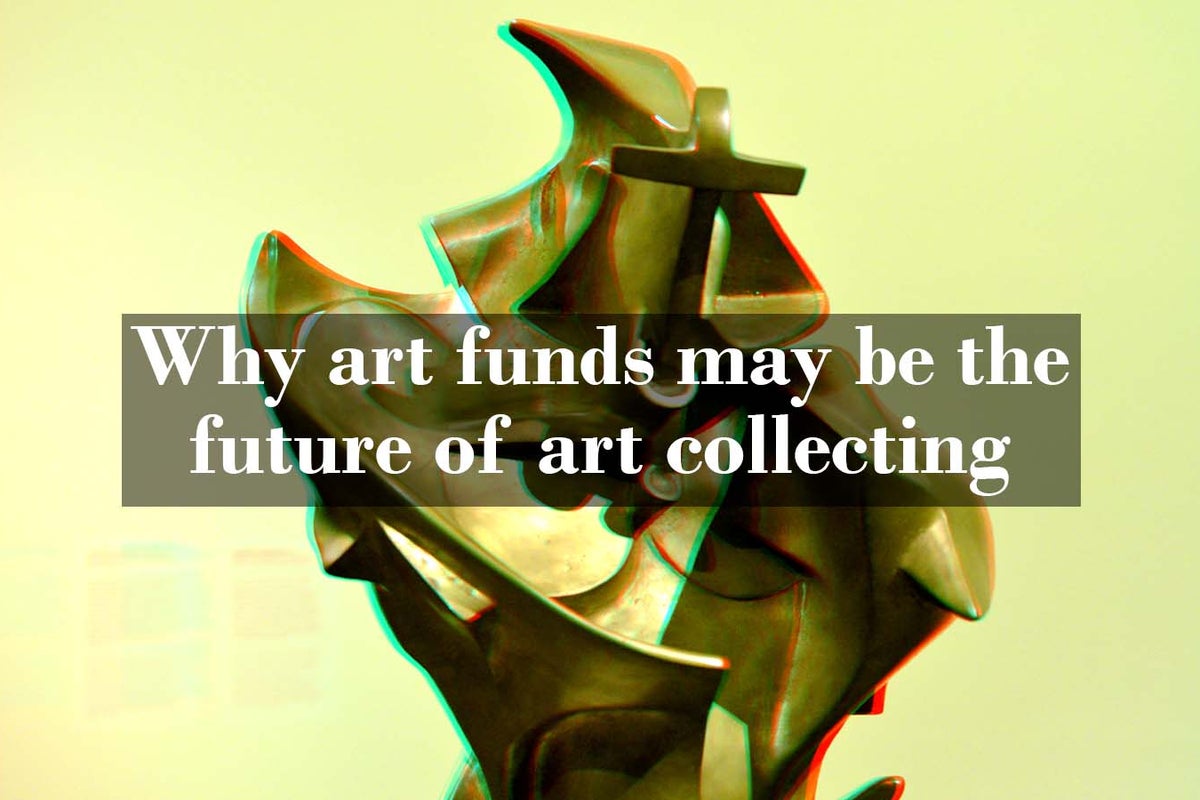[ad_1]
Investing in art is not easy and certainly is not as passive as you may think. You need to make numerous considerations on the way to acquiring work, and that is just the beginning. Your art collection will require ongoing maintenance and a stable climate to help preserve its integrity and sale value.
While micro-managing your entire art collection can be joyful and satisfying, I understand that this style of art collection may not be everybody’s cup of tea, which is why I want to talk about art funds.
The benefit of art funds
Access to high-quality (lower risk) artwork
When you invest with art funds, your capital is invested in one high priced artwork, or spread across several, leaving you fractional ownership shares in each. Generally, these works are from the cream of the crop of Blue-Chip artists. While nothing is guaranteed in life, the investment risk of artwork from Blue-Chip artists is much lower than any other group. This is because their popularity with collectors has already been proven over a long stretch of time.
Professional curation of art funds
Choosing what artists to invest in requires patience and research. While Easel Investing’s guides seek to take some of this strain off investors, not everyone has the time to put into research.
Art funds further lesson this strain on the time-poor art investor. Art funds are curated by professionals familiar with the industry. They will have resources (i.e., private sale prices from auction houses) to ensure they maintain a granular view of the art market and price and popularity trends within.
Access to expensive artwork
If only for the bragging rights, wouldn’t it be nice to tell your friends that you own a genuine multi-million-dollar Picasso, Yayoi Kusama, Andy Warhol, or Jean-Michel Basquiat.
No investment in climate control required
This benefit of art funds might just be their best selling point, especially for those that live in less than ideal conditions (e.g. high humidity). The money you save on purchasing climate-controlling devices like humidifiers (and the electricity to run them) could then be spent on investing in or acquiring artworks.
Improved liquidity
One major drawback of art investing is that it can take time and effort it can take to sell your investments. With other kinds of investing, such as with stocks, selling your portfolio can be as easy as logging into your stock trading app and clicking the sell button. With art, the only way for you to have an equally smooth experience is by investing in art funds. This method of art investing is as hands-free as it gets.
Final thoughts
Art funds don’t have to be only for those that want a hand-free art investing experience. Rather, even traditional art collectors should consider this investment option for diversification and the numerous other benefits listed in the article. Art funds can definitely sit alongside a private collection in your portfolio.
[ad_2]
Image and article originally from www.benzinga.com. Read the original article here.

